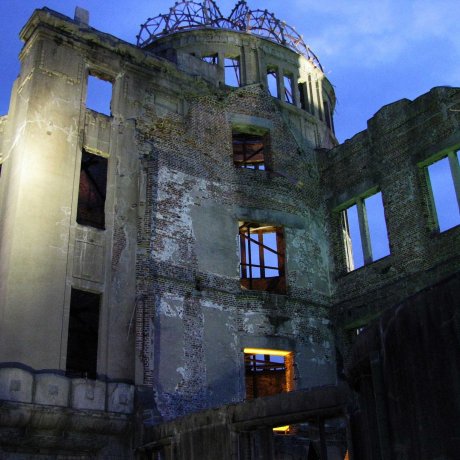 12
12
Мемориал Мира в Хиросиме
Elena LisinaМемориальный парк Мира в Хиросиме выглядит особо впечатляющим при ночном освещении.
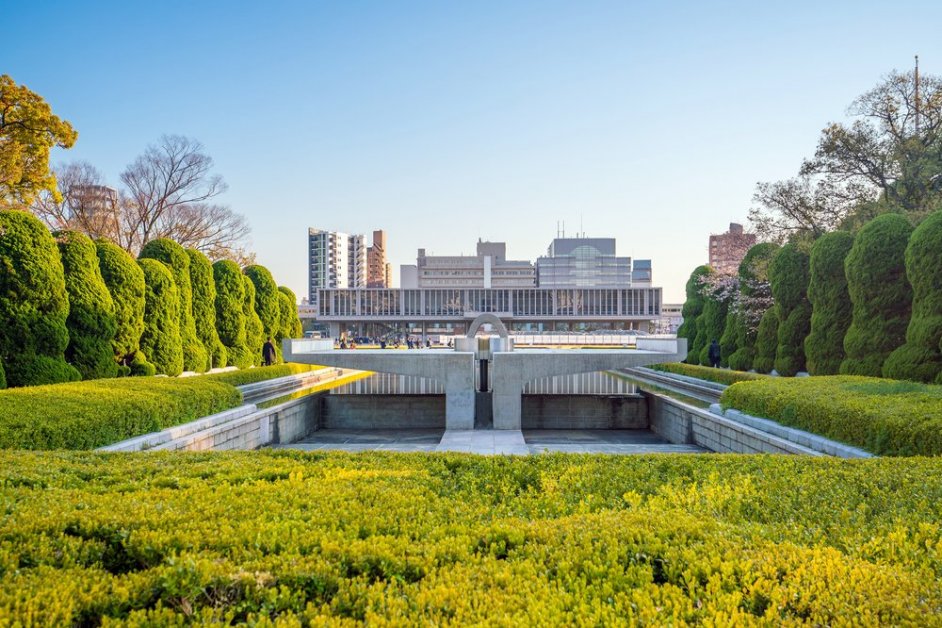
 12
12
Мемориальный парк Мира в Хиросиме выглядит особо впечатляющим при ночном освещении.
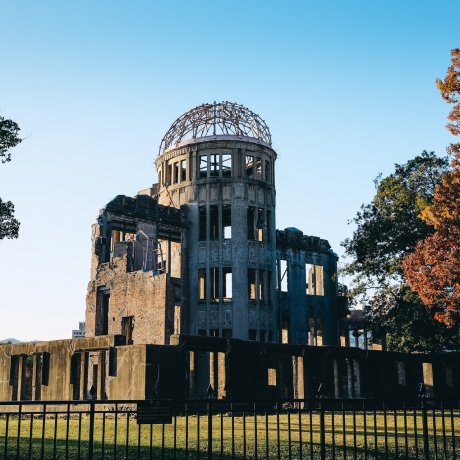
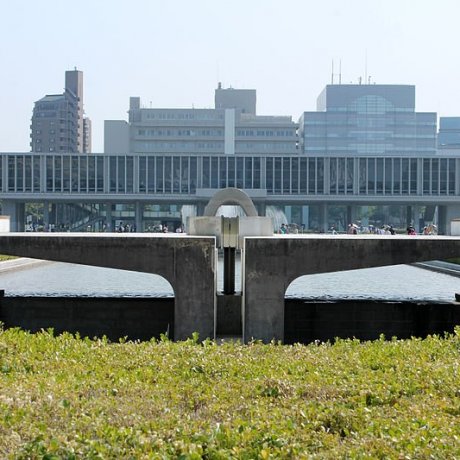
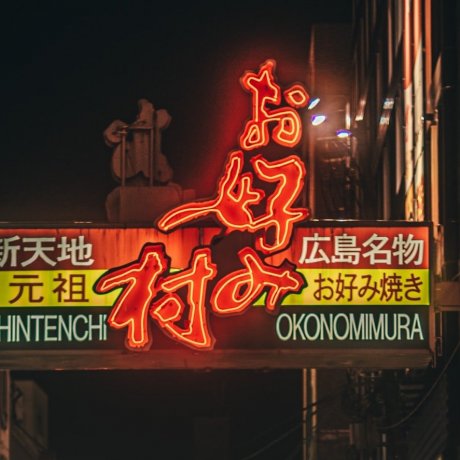

Исследуя красоту природы, исторические храмы, городские музеи и памятники префектуры Хиросима, обязательно надо познакомиться ..
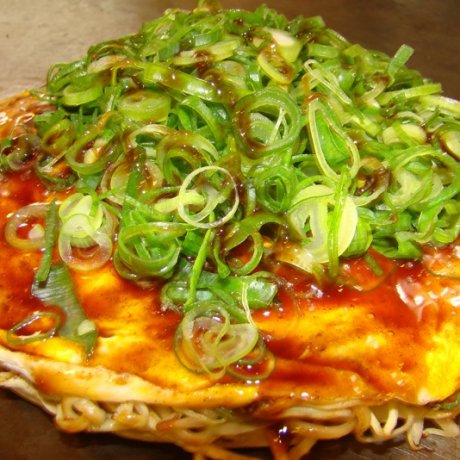
Вы не были по-настоящему в Хиросиме, если вы не пробовали окономияки по-хиросимски! Скорее занимайте место у плиты-гриля и нас..
Your feedback has been sent.